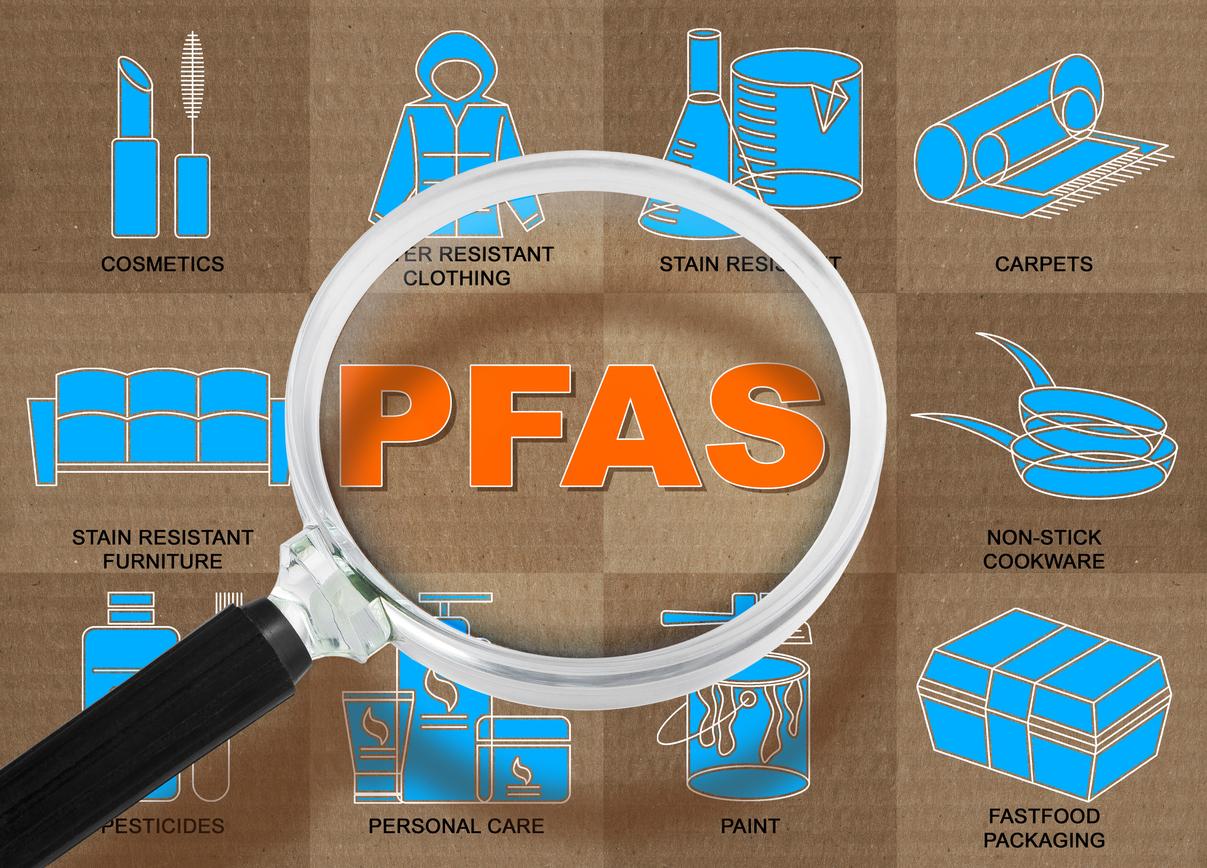The air you breathe is harmful. A new study published in the medical journal The Lancet and funded by the European Union will not reassure city dwellers. This work, resulting from 22 surveys carried out in 13 countries on more than 360,000 people over 14 years, concludes that atmospheric pollution is dangerous. But what is new and most worrying is that even in the standards set by the European Union there is a health risk.
This standard considered to be respectable by the European Union and called into question by the present study corresponds to an annual average ceiling of 25 micrograms per cubic meter of suspended particles. A limit which is also beyond the 10 micrograms per meter of the WHO. “Our results suggest that significant adverse health effects occur even with concentrations of PM 2.5 particles well below the EU limit for air quality of an annual average concentration of 25 micrograms. per cubic meter of air, “says Rob Beelen, Dutch researcher who wrote this study. “The association between prolonged exposure to PM 2.5 and premature death remains significant,” adds the study.
Even more concerning, the researchers estimate that for every 5 micrograms per cubic meter increase in PM 2.5 concentration per year, the risk of death from natural causes increases by 7%. This rise of 5 micrograms is equivalent to the difference between an urban area where traffic is heavy and an area away from traffic.
Tolerance limits to be reviewed
To better understand, you should know that a PM2.5 particle is the finest of the microparticles since their diameter is less than that of a bacteria, 2.5 microns. Problem, the fineness of these particles promotes their penetration into the lungs. Their harmfulness is no longer in doubt. Studies follow one another to warn against prolonged exposure to these: respiratory problems, increased risk of stroke and heart attacks, lung cancer, risk of autism in babies …
This new study, which contradicts the European Union’s tolerance threshold, corroborates the conclusions of another Danish study, also published in The Lancet, last July. This was clear: “There is no threshold below which there is no risk”.
The question we can ask ourselves from now on is the following: how many studies will it take for the European Union to revise its copy and tackle this public health problem?


















